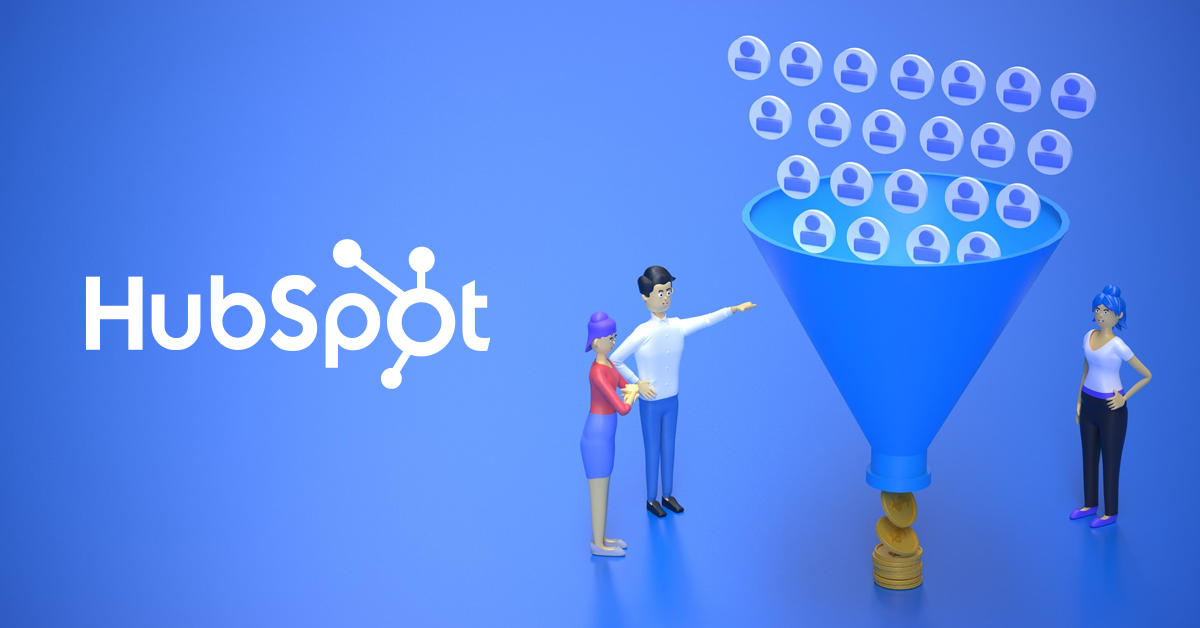-
MarTech Services
- HubSpot
- OneSignal
HubSpot
Technical Consulting
Partner with experts who understand your HubSpot systems and business needs inside out.
Revenue Operations
Drive revenue growth with tailored RevOps strategies designed for HubSpot users.
Hubspot Integration Services
Seamlessly integrate HubSpot with your existing tools to enhance operational efficiency.
Sales Enablement
Boost your sales team’s efficiency with focused HubSpot Sales Enablement solutions.
CRM Data Migration
Effortlessly migrate your CRM data to HubSpot with precision and support.
Hubspot Onboarding
Efficiently onboard clients to HubSpot, ensuring a smooth transition and rapid platform adoption.
HubSpot Administration
Maximize your HubSpot investment with expert management and optimisation tailored for HubSpot clients.
Marketing Assets Development
Develop, deploy, and manage digital assets, ensuring a fresh and engaging presence.
-
Solutions
-
Website Services
Website Development
We bring together expertise, creativity, and measurable results, making us the go-to choice for HubSpot website creation.
Website Migration
Our approach to website migration goes beyond a technical transfer; we prioritize a user-centric experience.
Website Maintenance
Optimize your online presence with effective, growth-driven websites focusing on nurturing website visitors, creating and deploying content, and tracking progress with precision.
Website Audit
Is your website performing at its peak? Our CMS Consultants are here to help you find out with our comprehensive Website Audit service.
-
Resources
-
Company
Clients
We have worked with clients from various industries across the globe, making our journey diverse and exciting.
Team
We put decades of experience where our mouth is. So what you get is market-tested and tried, not theory. We believe in plain speak, which we believe works better than jargon.
Solutions Partner
BlueOshan is not just a partner; we are among the most experienced and adept in the HubSpot ecosystem.
- Contact Us
Sales pipelines, sales funnels, and sales forecasts -the links

Venu Gopal Nair
May 29, 2023

Selling must be a structured process to achieve consistent results. The systems must be in place, and the time from contact to conversion must be understood and analyzed. That is where organized companies score. They have the resources, data, and systems in place to achieve numbers.
It comes from careful planning and a clear understanding of what customers are looking for. Align the marketing and sales teams, generate leads that meet company-defined criteria, and then implement the steps to conversion. That is the formula. However, it cannot be memorized and forgotten. It must be implemented.
So, what roles do the sales pipeline, the sales funnel, and the sales forecast play? We will examine this in some detail.
A sales pipeline, as HubSpot defines it, is a representation of how a prospect moves through every stage of your company's sales process. A prospect moves through your sales pipeline by completing specific actions that are depicted in your CRM.
These actions vary for each company. They need to be studied, evaluated, and tested before they become the norm. They must also continue to be sharpened over time because change is a constant. Even successful systems need to evolve.
The distinction between sales funnels and sales pipelines
A sales forecast estimates the opportunities likely to close in each timeframe. It shows your sales team how close they are to reaching their goals and helps them prepare for what is to come. Sales funnels and sales pipelines are sometimes used interchangeably at times. However, a sales funnel suggests that the number of prospects you work with will drop consistently as the sales process continues.
Sales pipelines are the channels through which a company’s prospects move – and the faster they convert, the better for the bottom line. That’s where the effort needs to be concentrated.
But HubSpot does not think that you need three times as many prospects at the top of your funnel as at the bottom. Most prospects drop off at the qualification stage itself. Once they have passed this critical point, if your evaluation criteria are well-defined, most of them should become customers.
HubSpot mentions that over 40% of businesses fail to hit their revenue goals. That stems from not having a structure and defined methods for managing the process. In small and medium companies, this could range from not being able to generate enough leads to not having a proper qualification process or even not having sales teams follow a proven approach.
It is difficult to implement because the entire chain must be set up, from defining what customers want to creating collateral that presents the company’s case well to get through to the right people in client organizations.
There are many companies where individual sales pipelines are maintained by each of the salespeople. The company may leave them to devise their own approach, and as a result, some of the salespeople with a great personal network are the ones who hit their targets. They become the stars, and managers are loath to change the way they work. Apart from the fact that they may simply be impervious to change and will follow what they believe in.
Sales forecasts are the bellwether of a company’s revenue potential
It is the most important activity, as it should be. Apart from reaching the goal, setting teams up for success is equally important. This is where companies can either throw darts at the future, asking teams to come up with their own assessment of market potential or work to develop a sales forecasting plan.
Setting goals with a CRM that has information on market potential, customer intent, and conversion possibilities leads to better judgment and results.
Stories of setting goals much higher than what is possible abound. It is like making an effort to either get a larger slice of the market pie or revel in personal glory. That is fine for anecdotes. But it is not repeatable.
The core objective of the sales process should be to make it predictable and repeatable. That involves establishing a CRM to list every prospect and customer who has ever responded to a company’s outreach.
The process can be built and refined by having the entire customer base accessible to the marketing, sales, and service teams. Then, the whole company is on the same page, and they can contribute to each other’s efforts—even fill in the gaps. This allows stars to perform better, and it does not concentrate power around a few individuals.
However, it must be done in stages to get everyone's buy-in. The exercise will not succeed if there are holdouts from the people crucial to its success.
Divide the large picture into a set of interconnected small sections.
While focusing on the goal is important, breaking things down to the point where the monthly, quarterly, half-yearly, and annual targets for each member of the sales team are monitored and tracked gets the best results.
HubSpot’s CRM enables deal closure tracking and monitors progress. Understand and pinpoint the characteristics that convert at every stage. These include the email sequences, the landing pages, and the customer responses.
Knowing these patterns helps optimize the sales process for better closing rates. In an ideal sales pipeline, you should always have more opportunities in the prospecting part than the closing part. As described earlier, the number of prospects in each stage progressively decreases while the probability of conversion increases.
BlueOshan’s consultants can help define and set up the workflows within. Looking at everything you have in place, including the CRM and the way campaigns and outreach are managed. We have experience optimizing HubSpot’s features to help you get off the ground faster and then keep track.
Get in touch with us anytime here.
BlueOshan is a HubSpot Diamond -Tier Solutions Partner. Delivering worldwide from India

Venu Gopal Nair
Advertising and Branding Specialist, CEO - Ideascape Communications, A professional journey through the tumultuous years of advertising and communication, starting in 1984. Started out in the age of print, saw the changes with the entry of satellite TV and the momentous transition to digital. Advertising and branding today is vastly different from its practices in the 20th century and the last two decades have seen dramatic changes with smartphone domination. As a Creative Director turned CEO, making the transition personally and professionally has been a tremendous experience.
Related Articles

May 25, 2022

November 23, 2022

June 1, 2022

